US Still Trying To Bury 'Collateral Murder' Video That WikiLeaks Released
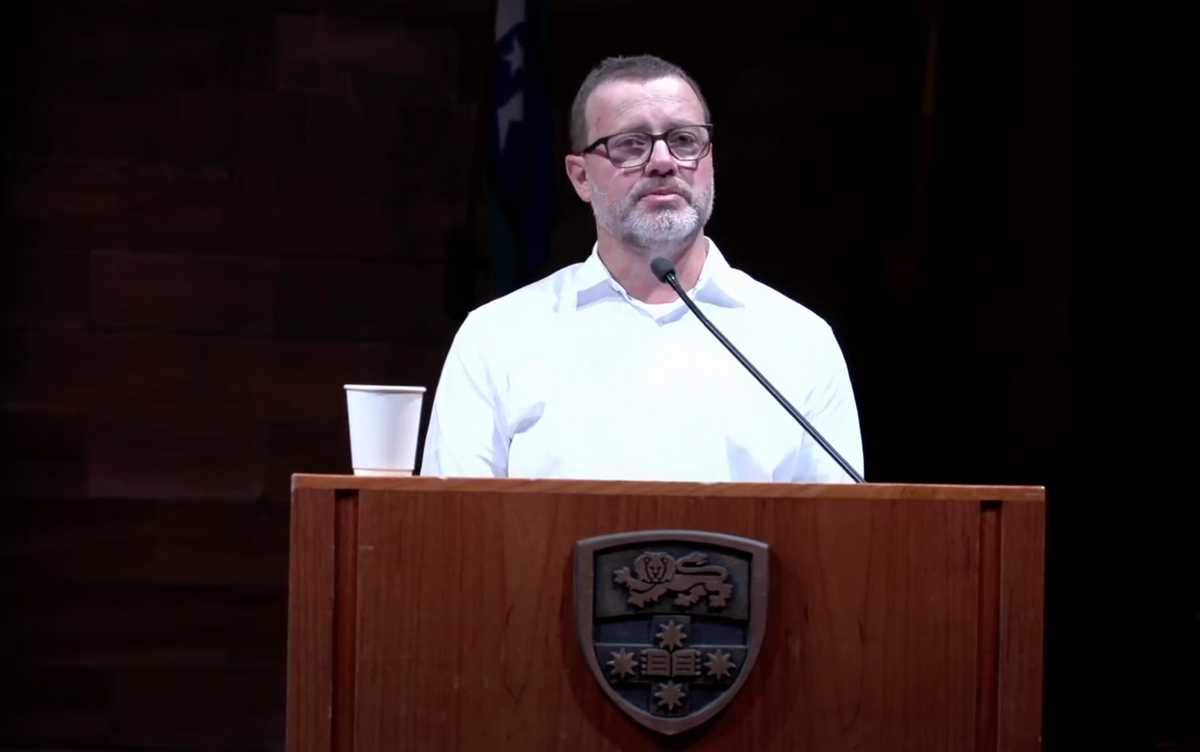
There is no shortage of activists, journalists, academics, and people of conscience who have some story to share about the impact of the “Collateral Murder” video.
The U.S. military footage of an Apache helicopter crew shooting indiscriminately at a dozen Iraqi civilians — including Reuters journalists Namir Noor Eldeen and Saeed Chmagh, and two young children — is widely recognized for exposing the true nature of the United States war in Iraq and for making WikiLeaks and Julian Assange household names.
Three years before WikiLeaks made it possible for the public to watch this video, Dean Yates, Reuters bureau chief in Iraq, learned of its existence. Yates testified about the impact of the video at the Belmarsh Tribunal in Sydney, Australia on March 4, 2023.
Later in the Tribunal, another delegate, Australian lawyer Bernard Collaery, called Yates’ testimony “admissible evidence,” which could serve as witness testimony in defense of Assange. (In fact, a statement from Yates was submitted to a British court during Assange's extradition trial.)
It has now been nearly 13 years since WikiLeaks published the video, and nearly 16 years since the attack took place. No one responsible for the attack or the invasion of Iraq has faced even a modicum of accountability.
In contrast, Assange is languishing in Belmarsh Prison under torturous conditions. He sits in legal limbo while the United States continues to pursue his extradition under Espionage Act charges, in a case which poses an unprecedented threat to press freedom.
While WikiLeaks’ publication of military documents from Iraq and Afghanistan are at the heart of the case, the “Collateral Murder” video is absent from the 18-count indictment that spans 37 pages.
“The U.S. military usually didn’t investigate civilian casualties in Iraq. It did in this case because Namir and Saeed worked for a major international news organization,” Yates said as he started his speech.
“I was shown—without advance warning—less than three minutes of footage from the gun-camera of Crazy Horse 1-8, up to where it opened fire for the first time. I was told the gunship then attacked a minivan because it was believed to be helping wounded insurgents and picking up weapons. U.S. forces had acted in accordance with the rules of engagement for Iraq, I was told.”
Yates spent the next three years trying to convince the Pentagon to provide the full footage through the Freedom of Information Act, yet his effort was met with repeated refusals.
Then, in 2010, WikiLeaks published the video. It immediately was clear that what the Pentagon had claimed was deceptive and dishonest.
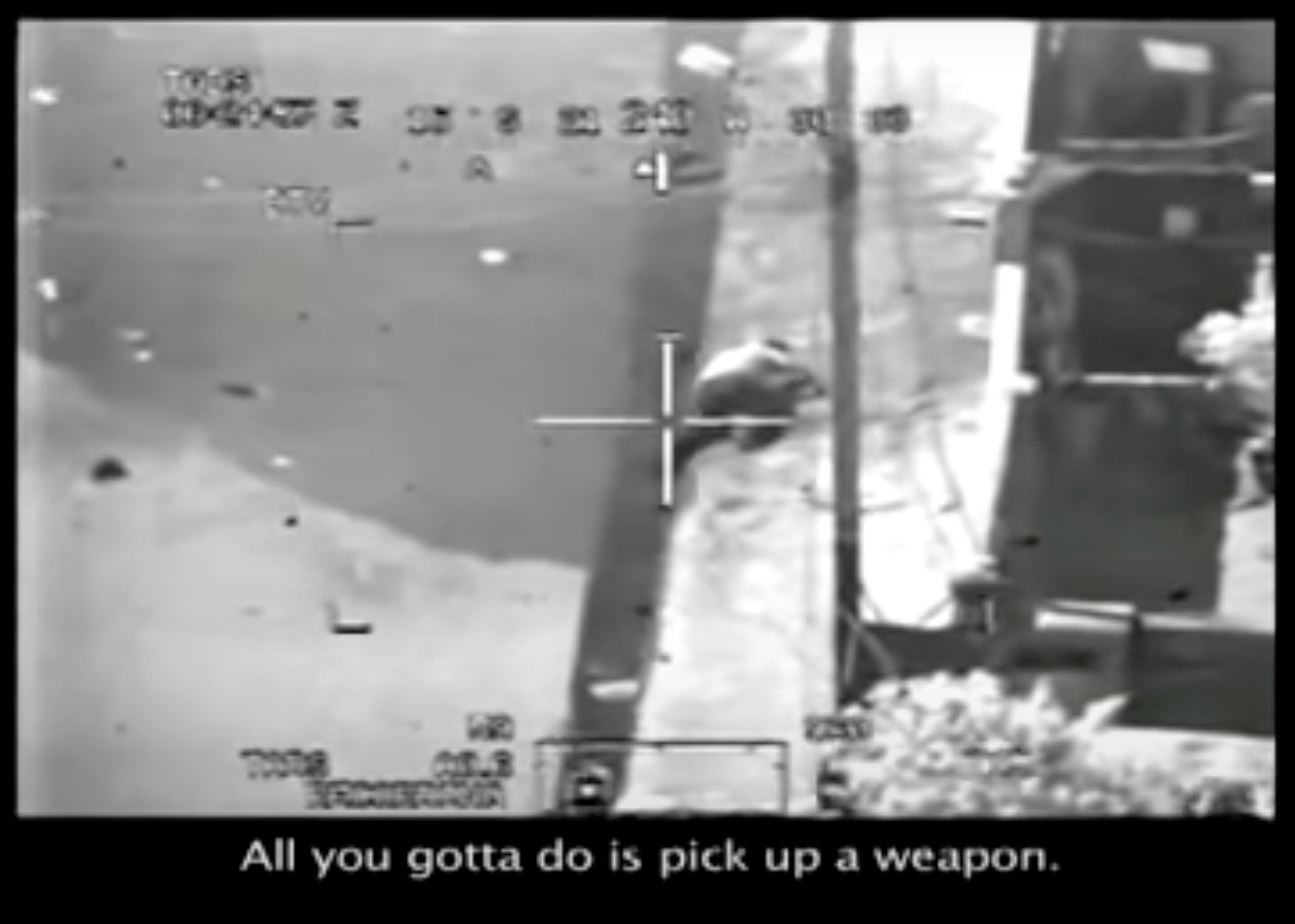
“It was obvious why the U.S. government didn’t want to share the tape with Reuters,” Yates said. “It showed grainy figures on a Baghdad street. The hellish clack of Crazy Horse 1-8’s chain gun firing rounds the size of a small soft-drink bottle, the length of a man’s hand. Clouds of dust as those cannon shells crashed into men.”
Yates further explained in his testimony that he highlighted sections of the indictment against Assange when the charges were announced. He concluded they were “an attempt to criminalize what journalists do,” and then Yates recalled something U.S. Army whistleblower Chelsea Manning explained at her court-martial.
“After saving a copy of the tape, Ms. Manning told her court-martial that she searched for and found the ROEs, a 2007 flow chart outlining the chain of command for the use of force in Iraq and a laminated ‘ROE Card’ soldiers carried with them that summarized the rules,” Yates explained. “Then I got it. The U.S. government didn’t want the video in a courtroom. Too embarrassing."
"Potential war crimes. Cruel pilot banter. The U.S. military repeatedly lied about the events of July 12, 2007, in which my Iraq staff were killed.”
Yates debunked, point-by-point, the lies in the original statement that the U.S. military put out justifying the attack, as well as the excuses U.S. Defense Secretary Robert Gates made following WikiLeaks’ publication of the footage. Yates emphasized that U.S. troops were well aware of the rules of engagement that they were violating, and despite this clear breach of rules, a U.S. military investigation cleared the pilots.
The Pentagon engaged in a cover-up to try to keep the footage from ever seeing the light of day.
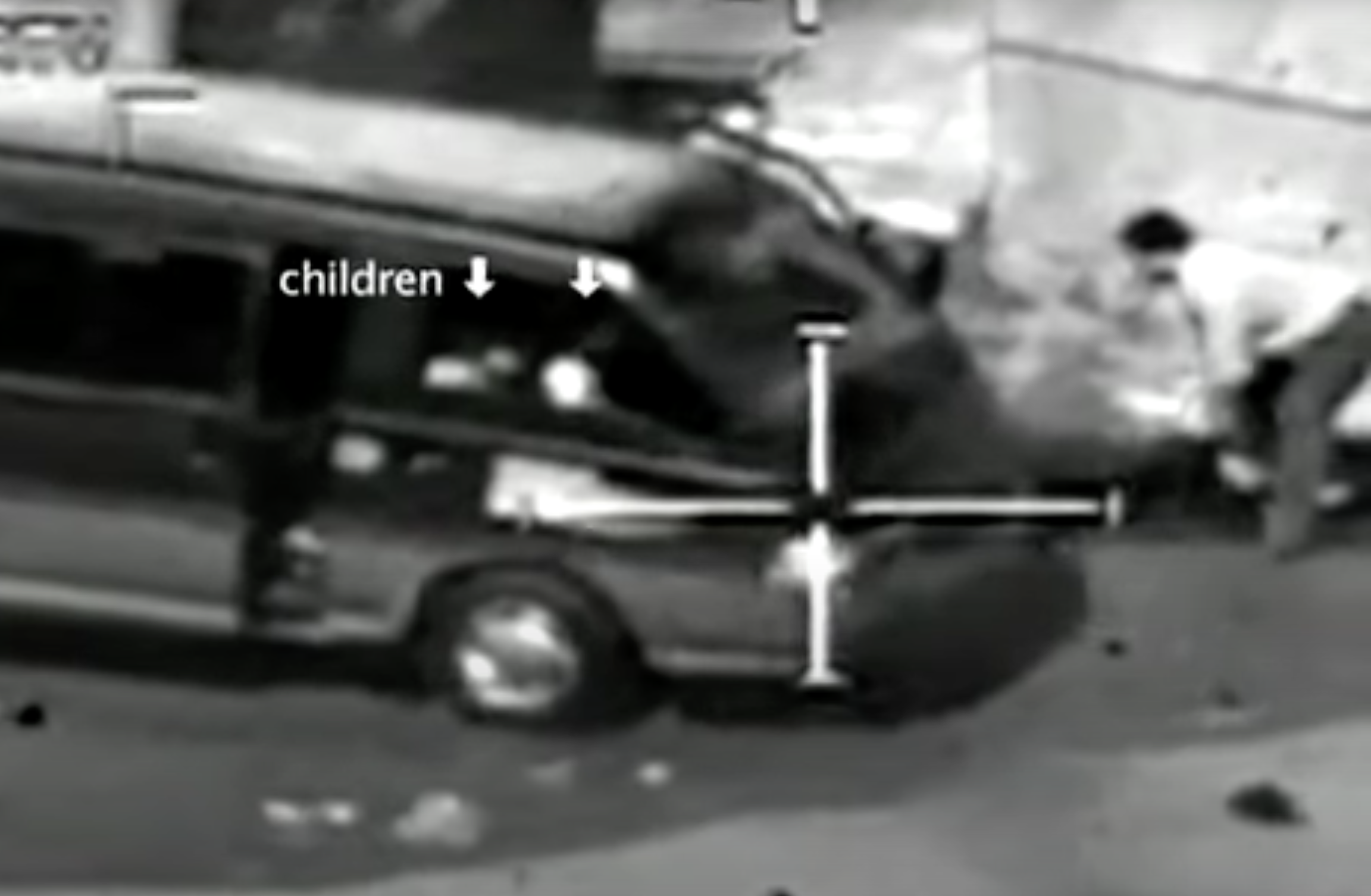
“All this shows why the U.S. government didn’t put the tape in Assange’s indictment – that snapshot of the war would have exposed the hypocrisy of its case against him,” Yates said. “The breach of the ROEs, the blatant way the military ignored the wrongdoing and the extent senior military and civilian officials lied about it. Collateral Murder is so powerful because it is pure truth-telling. No military officials could deflect, sanitize, or provide ‘context.’”
Yates finished his testimony by comparing the video to the Pulitzer Prize-winning photo taken by photojournalist Eddie Adams at the start of the Tet Offensive in the Vietnam War. The photo powerfully documented the casual execution of Nguyen Van Lem, and is credited for changing public perception of the war in Vietnam.
The “Collateral Murder” video certainly impacted the public perception of the Iraq War. However, 20 years after the invasion of Iraq, many of the war’s architects have succeeded in memory-holing their crimes, lies, and abuses of power.
Thanks to Assange and WikiLeaks, even if the criminals behind the war and occupation in Iraq never face any justice for their actions, this video will always be available to anyone who wants to know the truth about the conflict.
Video of Dean Yates' remarks at the Belmarsh Tribunal in Sydney, Australia

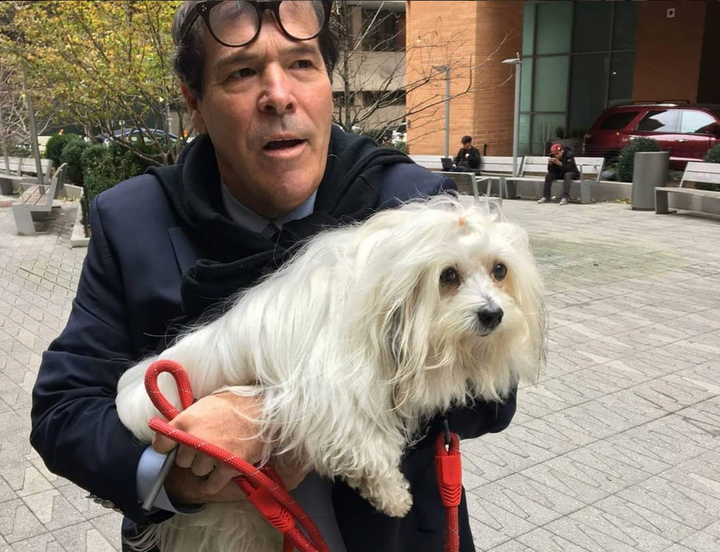
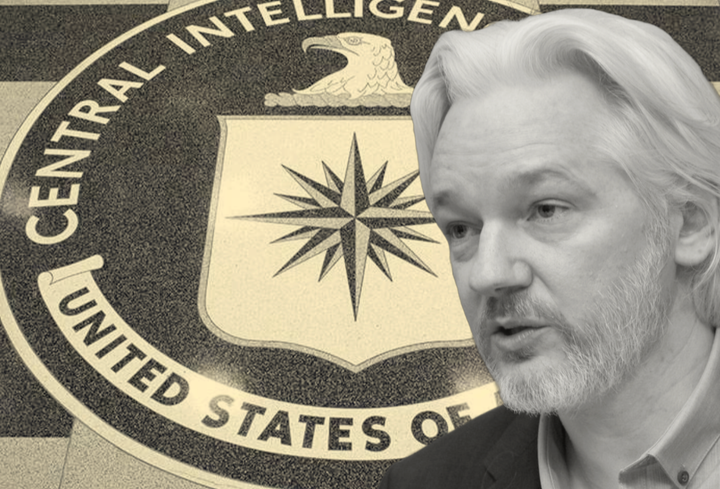
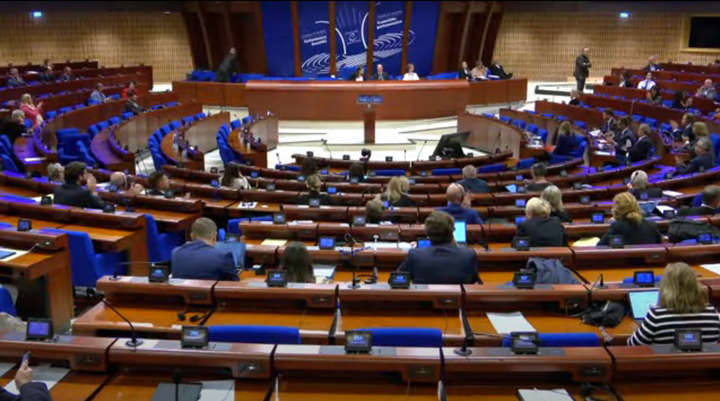
Comments ()